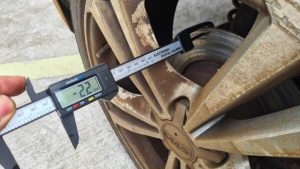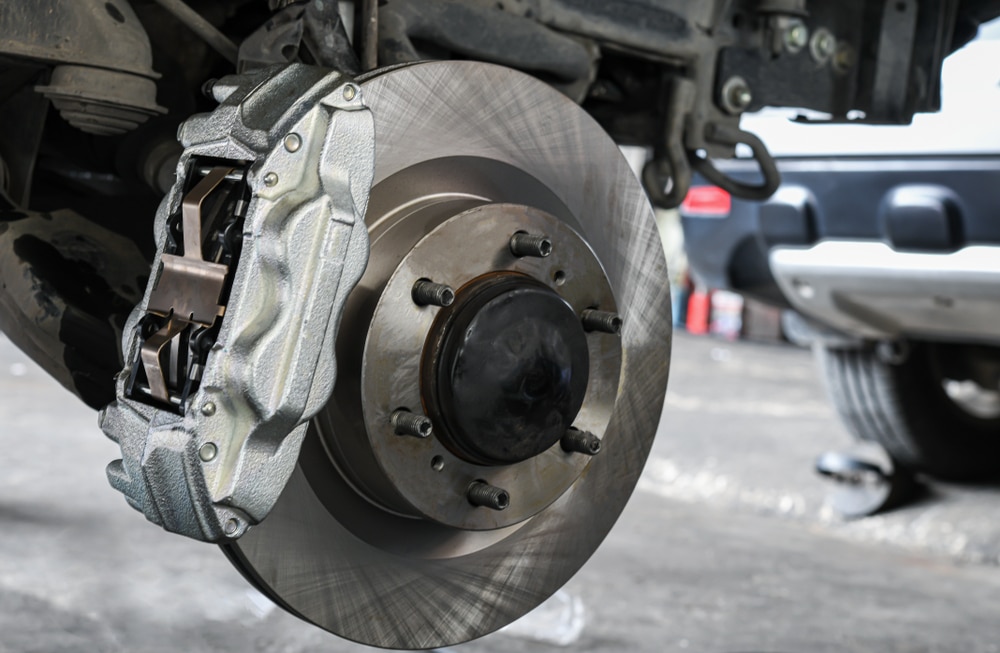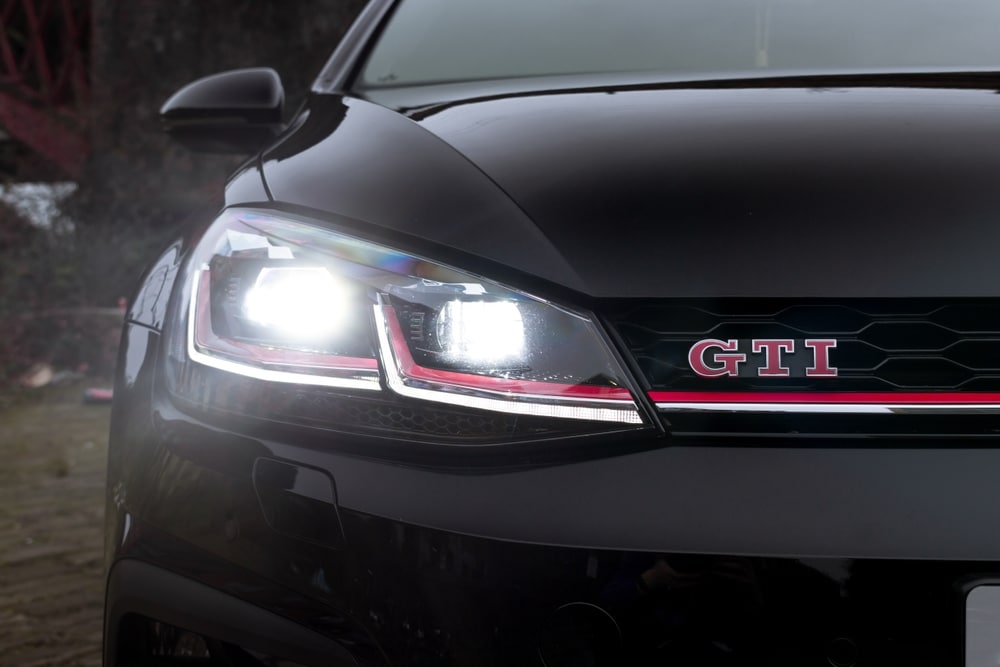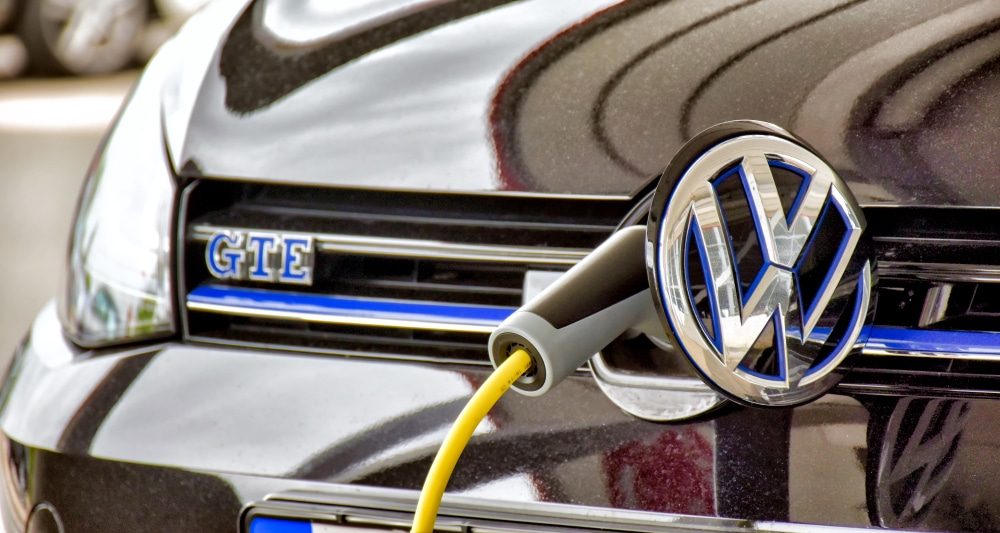Brake Discs
Brake disc problems often develop slowly, but the impact on safety can build quickly. A slight vibration, faint noise or change in stopping distance could be early signs that your discs are already under strain.
At Smith’s of London in Croydon, we carry out brake disc and pad replacements for drivers from Croydon, Beckenham and Coulsdon. Our technicians are trained to identify disc issues before they affect the rest of the braking system, and before they put your stopping power at risk.
We’ve earned a {{average-rating}} star Google rating from {{review-count}} satisfied customers and are proud to help keep local drivers safe on the road.
In this blog, we’ll explore how brake discs work, what causes them to wear, and how to spot the symptoms before they compromise performance.
How Brake Discs Function Under Pressure

Brake discs are fixed to the wheel hubs, meaning they rotate at the exact same speed as your wheels. When you press the brake pedal, hydraulic pressure forces the pads to clamp onto the discs, and that friction is what slows the car down.
That process generates significant heat, so brake discs are typically made from cast iron. It’s a material chosen for its ability to resist warping and retain strength under extreme thermal stress.
Most modern vehicles feature discs at the front and rear, although the front set typically absorbs more load due to the forward shift in weight during braking.
To maintain consistent stopping power, discs need to cool quickly after each use. Many are vented to allow air to circulate through internal vanes, helping to release heat efficiently and reduce the risk of fade.
At Smith’s of London in Croydon, we check disc condition as part of every brake inspection. We look at thickness, surface damage, scoring, and hot spots, comparing against manufacturer specifications to decide whether the disc is still safe to use.
When disc wear starts to affect performance, symptoms like vibration, longer stopping distances, or brake pedal pulsing often show up first. Leaving it too long can result in knock-on damage to other parts of the system.
The Key Differences Between Brake Disc Types
Not all brake discs are created equal. Their design, material and structure all impact how they handle heat, wear, and braking forces. At Smith’s of London in Croydon, we always check the manufacturer’s specification to make sure any brake disc replacement matches the original part.
Solid discs are often fitted to the rear of smaller vehicles. Made from a single cast iron plate, they’re durable and cost-effective, ideal where less braking force is required.
Vented discs are common at the front axle, where most of the braking load is handled. Their twin-disc structure includes air channels that help dissipate heat and reduce fade under repeated use.
Drilled or grooved discs offer additional performance benefits. The holes or grooves improve heat dissipation and allow gases or water to escape, which is useful in high-load or wet conditions.
Some high-end or performance vehicles use ceramic or carbon fibre composite discs. These materials are more heat-resistant and significantly lighter, but they come at a higher cost and are typically found in specialised applications.
At Smith’s of London, we don’t just fit what’s available. We fit what’s right, using OEM-matching components that suit your car’s braking requirements. We also ensure correct torque settings and precise alignment during installation for long-term safety and performance.
What’s Behind Premature Brake Disc Wear
Brake discs are designed to withstand high temperatures and friction, but they don’t last forever. At Smith’s of London in Croydon, we regularly replace discs that have worn faster than expected, often due to a combination of driving style, conditions, and installation issues.
Excessive heat during braking
Frequent braking in traffic or downhill can push temperatures too high. Over time, this causes the disc surface to harden, crack or warp, reducing its ability to grip evenly and safely.
Aggressive or late braking
Hard stops generate extra friction. If repeated often, it can lead to hot spots or surface glazing that accelerates wear and reduces braking consistency.
Improper bedding-in of new pads
New brake pads need to be driven gently for the first 200 miles. If this stage is skipped, uneven deposits can form on the disc surface, creating judder, noise, and thickness variation.
Sticking callipers
A faulty or corroded calliper can fail to release fully, keeping the pad in contact with the disc. This constant drag overheats the disc and wears it out more quickly on one side.
Contamination between disc and hub
Even small particles of rust or dirt between the disc and hub can prevent a flush fit. This leads to disc run-out, uneven pad contact and vibration during braking.
Incorrect torque during installation
If wheel bolts aren’t tightened evenly or to the correct setting, the disc may distort under stress. This type of warping might not be visible, but it can lead to pulsing or uneven pad wear. At Smith’s of London, we always use precisely calibrated torque tools and follow the manufacturer’s instructions.
Low-quality materials
Not all discs are made to the same standards. Budget discs may struggle with heat, wear faster, or fail sooner. That’s why we only install OEM-matching parts designed for your specific vehicle.
If something doesn’t feel right when braking, we recommend getting it checked sooner rather than later. Brake disc wear can start subtly, but it doesn’t stay that way for long.

Spotting Worn Brake Discs Before It’s Too Late
Brake disc problems rarely appear all at once. The signs usually develop gradually, but if they’re missed or ignored, braking safety can quickly deteriorate.
Here’s what to watch out for:
Pedal pulsing or vibration
If you feel the brake pedal pulsing or shuddering underfoot, particularly at speed, it could indicate disc warping or uneven wear. In some cases, the steering wheel may vibrate too.
Screeching or grinding noises
A high-pitched squeal might suggest the disc has become glazed or rough. A harsher grinding sound is usually more serious, often caused by pads wearing down to the metal and cutting into the disc surface.
Visible damage on the wheels
Looking through your alloys, you may notice scoring, discolouration, cracks or rust on the disc face. These signs point to thermal stress or wear that shouldn’t be ignored.
Burning smells after braking
An acrid or chemical odour after frequent braking, such as in stop-start traffic or when driving downhill, can suggest a calliper issue or an overheated disc.
At Smith’s of London, we don’t just stop at the obvious signs. Our inspections check for wear, heat damage, surface integrity and how each disc is performing under load. Whether the issue lies with the discs, pads or callipers, we’ll explain what’s gone wrong and what needs fixing.
Want to understand better how braking components work together? Have a look at our other guides on Brake Pads and The Braking System Explained to learn more.
The Consequences of Ignoring Brake Disc Wear
Worn brake discs won’t fix themselves. Left too long, the damage builds, and the effect spreads across the wider braking system. What begins as mild vibration or uneven wear can lead to serious safety risks and higher repair costs. Here are just a few of the consequences:
Reduced stopping power
When discs become thin or uneven, they can’t manage heat properly. This can cause brake fade, where the system feels normal at the pedal, but the car doesn’t stop as effectively, especially during repeated braking.
Disc failure under load
Hairline cracks or warping weaken the disc over time. Under heavy braking, especially at speed, the disc could fail entirely. It’s rare, but it’s a risk not worth taking.
Increased vibration and instability
As the surface becomes more uneven, the pads struggle to grip smoothly. You may feel a pulsing pedal or vibration through the steering wheel, both signs that braking performance is being compromised.
Brake fluid overheating
Worn discs generate excess heat. If temperatures rise high enough, the brake fluid can begin to boil. When that happens, vapour bubbles form in the system, making the fluid compressible. That means the pressure from your foot doesn’t transfer properly, resulting in a soft pedal and reduced braking power.
Damage to other components
One worn disc can cause uneven pad wear, stress the callipers, and even affect ABS sensors or wheel bearings. What could have been a straightforward replacement becomes a far more complex (and expensive) repair.
At Smith’s of London in Croydon, we aim to catch these issues before they escalate. If your discs need replacing, we’ll explain why and fit them using the correct tools and high-quality parts.
Book a Brake Disc Check at Smith’s of London in Croydon
If your brakes don’t feel quite right, whether it’s vibration, longer stopping distances or a smell after braking, it could be a sign your discs are already starting to fail. And once that wear sets in, it tends to affect the rest of the system too.
At Smith’s of London in Croydon, we carry out full inspections on front and rear brake discs and pads. We check for warping, surface damage, thickness, heat exposure and proper installation, always comparing your components against the manufacturer’s safety limits.
If a brake disc replacement is needed, we only use OEM-matching components and follow exact fitment procedures. Every bolt is torqued with calibrated tools to ensure your braking system performs exactly as it should.
We support drivers from Croydon, Beckenham and Coulsdon with reliable, safety-focused brake servicing, all backed by a 12-month parts and labour guarantee.
We have a {{average-rating}} star Google rating from {{review-count}} satisfied customers, and we’re here when your brakes need expert attention.
📞 Call Smith’s of London on 020 8674 3377 to book your brake check today.



